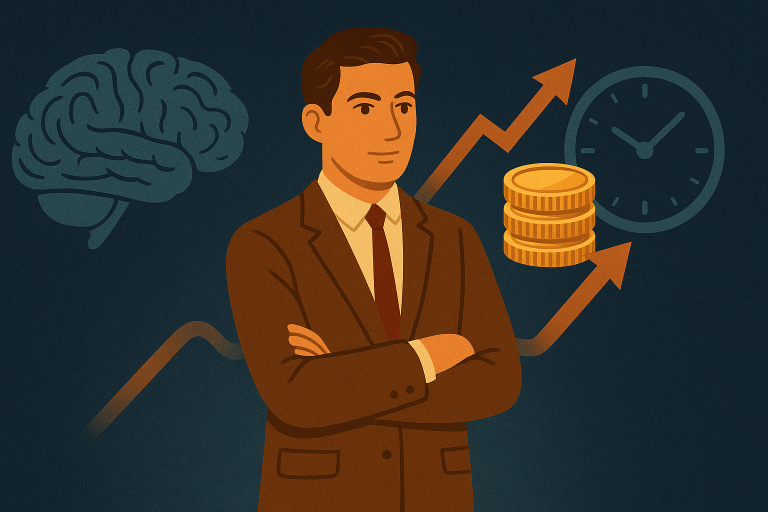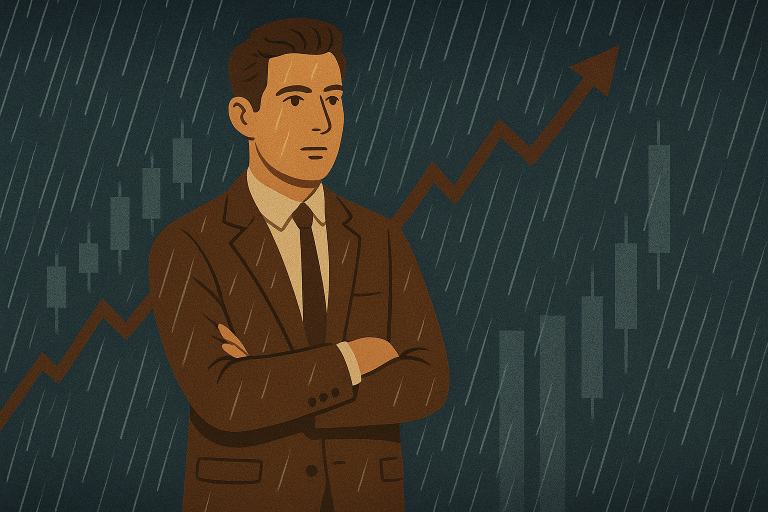Why Exchanges Prefer Traders Over Long-Term Investors
The exchange business model operates on a simple principle: transaction fees. Whether clients win or lose, exchanges profit every time a trade executes. This fundamental reality explains why market platforms thrive on activity, constant movement, and trading frenzy. They need millions of “buy” and “sell” clicks—they need traders who live in terminals, execute dozens of daily transactions, and pay commissions even when they’re losing money.
The Futures Trading Goldmine for Exchanges
Futures and leverage traders represent the most profitable segment for exchanges. Leverage creates the illusion of easy money while systematically grinding down retail participants over time. Some traders win once, twice, or even several times—only to lose everything in a single moment. Meanwhile, exchanges grow richer through higher commissions, liquidation fees, and increasing trading volume. Market volatility translates directly into exchange profitability.
The “Problem” of Long-Term Investors
Long-term investors present a different story. They purchase assets and disappear from active trading. They don’t rush to sell, don’t chase minute-by-minute price movements, and might not log into their accounts for years. For exchanges, these are “inactive” clients—minimal turnover, negligible commissions, no liquidation revenue. These investors don’t feed the system; they play an entirely different game.
How Exchanges Encourage Active Trading
- Trading tournaments with cash prizes and recognition
- Advertising highlighting extraordinary profit percentages
- Leverage bonuses and reduced margin requirements
- Educational content emphasizing technical analysis over fundamentals
- Real-time data packages creating perceived need for constant monitoring
The Hidden Truth About Trading Success Rates
Exchanges carefully craft the narrative that “active trading leads to success.” Behind this marketing lies the uncomfortable truth: the overwhelming majority of day traders lose everything. Multiple studies confirm that less than 5% of active traders consistently profit over multi-year periods. The exchange business depends on this statistical reality—they profit from activity, not investor success.
The Strategic Advantage of Long-Term Ownership
Long-term investors follow a different path. Rather than feeding exchange profits, they nourish their own capital. They don’t chase quick trades but use markets as tools for ownership. For them, exchanges aren’t arenas for daily combat but simple doorways to asset acquisition. The greatest fortunes in market history weren’t built by traders but by investors who held quality assets through multiple business cycles.
Resisting the System to Build Real Wealth
This understanding reveals your strategic advantage. You can opt out of their game. Stop feeding the system and start building your own. Use exchanges solely for purchasing and maintaining ownership. Years later, you’ll recognize the truth: while millions lost through constant trading, you won through patient holding. While the crowd chased the illusion of quick riches, you built the foundation of genuine wealth.
Exchanges will always tempt you into the trader’s game. But true victory belongs to those who understand: the real game plays out over decades, not days. This long-term approach never benefits exchanges—but it always benefits you. The most revolutionary act in modern finance might be the simplest: buy quality assets, then close your trading app and live your life. Your future wealth will thank you for ignoring the noise and embracing the power of patient ownership.



